by urban-acupuncture | Feb 23, 2021 | Community
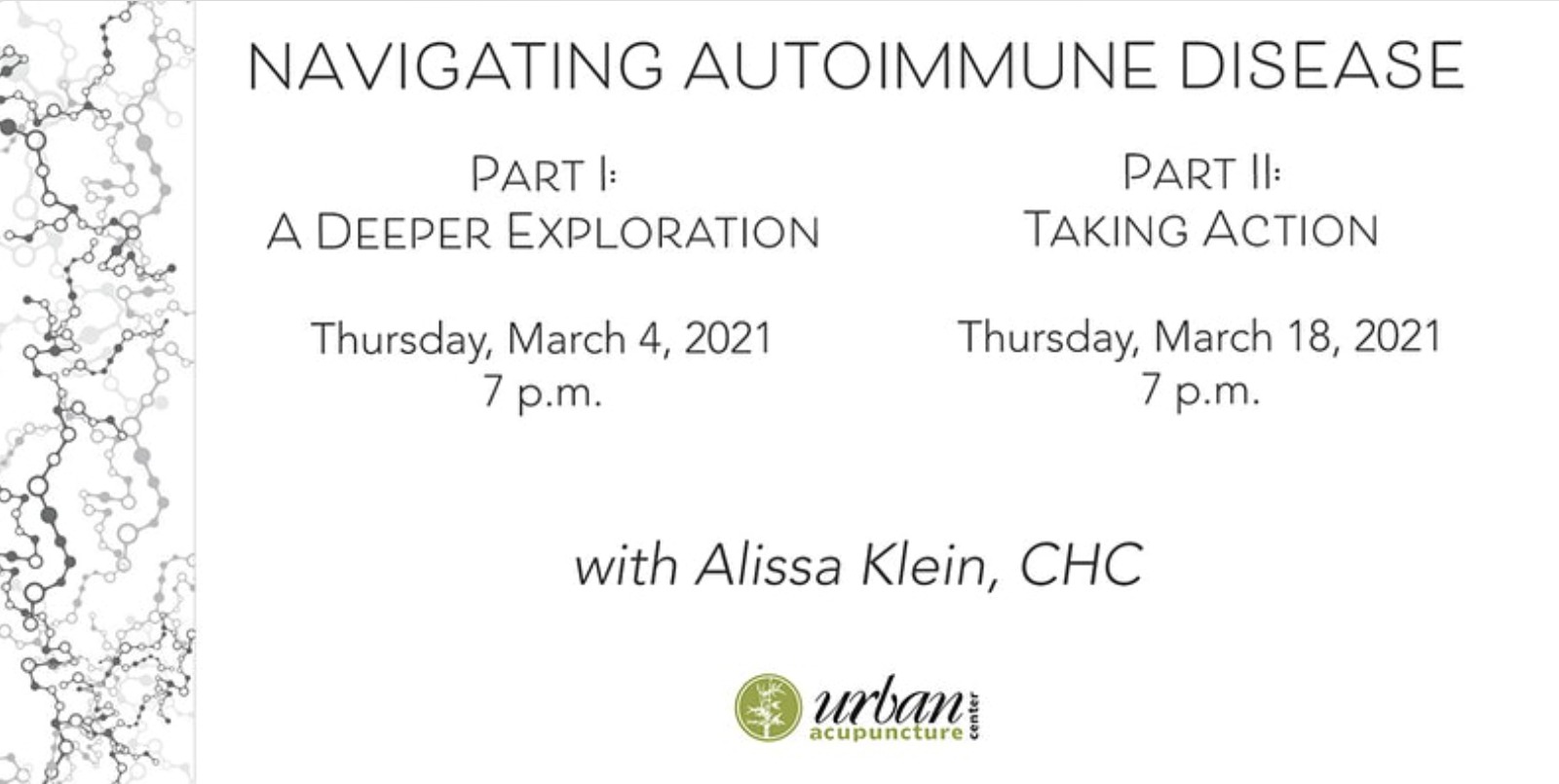 Navigating Autoimmune Disease
Navigating Autoimmune Disease
Part I: A Deeper Exploration
Thursday, March 4 | 7 p.m.
Part II: Taking Action
Thursday, March 18 | 7 p.m.
Explore the primary factors that lead to autoimmune disease and learn what initial steps you can take to reclaim your health! 
Join UAC’s Health and Wellness Coach and Central Ohio’s only Autoimmune Protocol (AIP) Coach Alissa Klein in a workshop that will deepen your understanding of autoimmune disease.
This workshop will be hosted in 2 parts.
Part I: A Deeper Exploration
Better understand the 3 main factors of autoimmune disease and explore whether you’re at risk for developing other conditions.
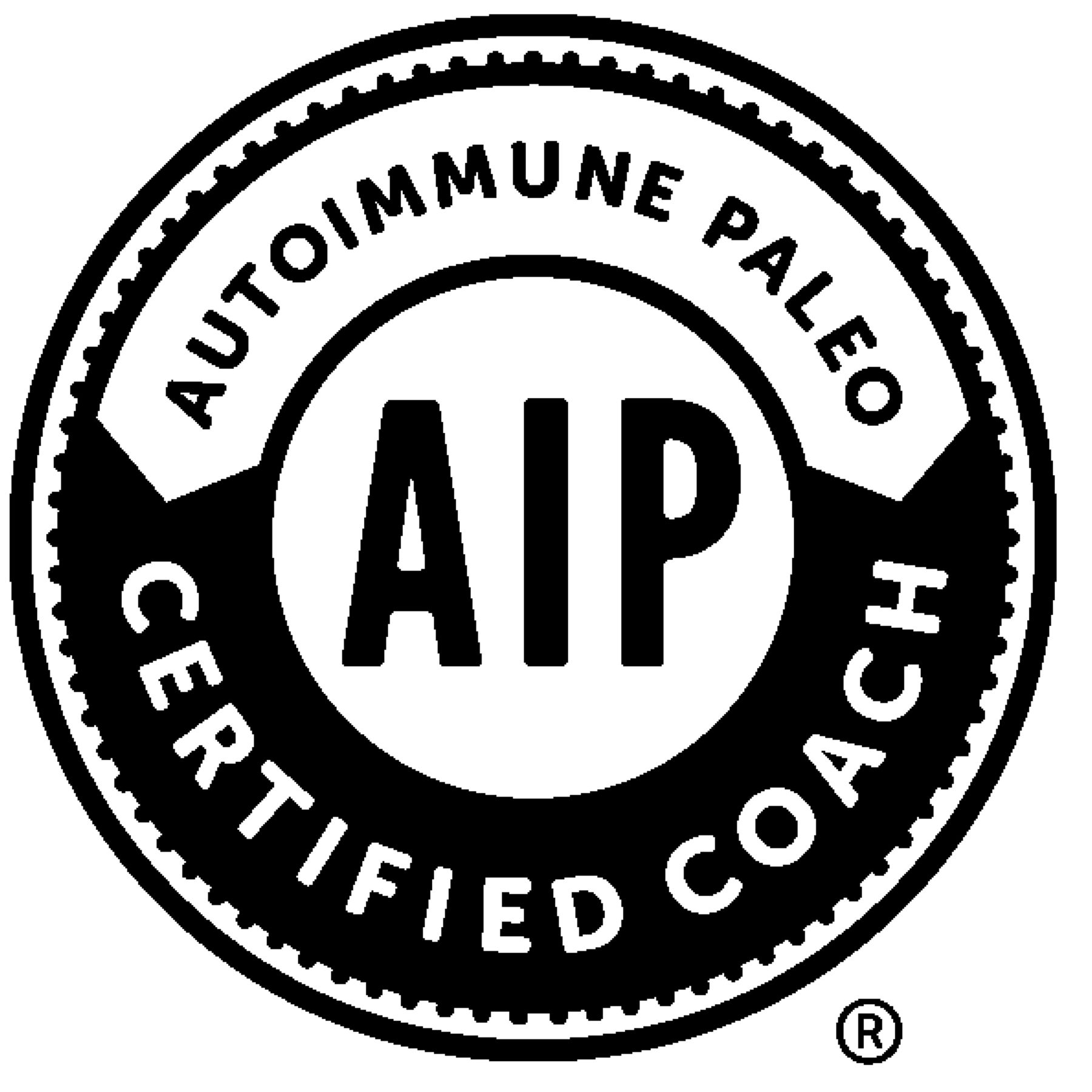
Part II: Taking Action
Learn how to receive a proper diagnosis, how to find the right practitioner, and how to begin boosting your immune system.
If you or someone you know suffers from an autoimmune condition, you do not want to miss this workshop!
Virtual Event:
This event will take place via Zoom. An access link will be emailed to registered attendees prior to the event.
REGISTER NOW FOR PART 1
REGISTER NOW FOR PART 2
About Us
About Alissa: https://urbanacupuncturecenter.org
About Urban Acupuncture Center: https://urbanacupuncturecenter.org/about-us/
by urban-acupuncture | Feb 15, 2021 | Acupuncture, Massage Therapy
Diabetes Management Treatments
What is Diabetes?
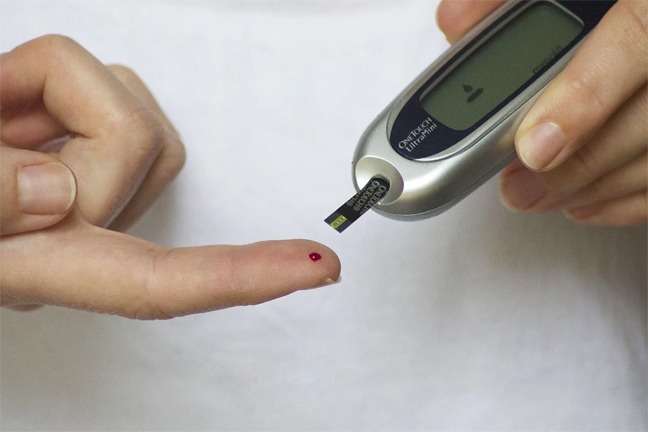 Diabetes is a serious health condition that affects more than 30 million Americans today. It is, unfortunately, a complex, chronic disease that (currently) cannot be cured. And if left untreated, it can lead to serious, even life-threatening, complications.
Diabetes is a serious health condition that affects more than 30 million Americans today. It is, unfortunately, a complex, chronic disease that (currently) cannot be cured. And if left untreated, it can lead to serious, even life-threatening, complications.
Diabetes is the result of a malfunction in the body’s ability to produce or effectively use insulin, a hormone that enables the cells to absorb glucose (sugar) from the food we eat. Without insulin, glucose is unable to enter the cells, causing it to build up in the blood stream, a condition known as high blood sugar.
Treating diabetes requires regulating insulin levels to maintain the correct level of glucose in the blood. Without enough insulin, high blood sugar levels in the blood mean that the cells aren’t receiving any energy; this is known as hyperglycemia. With too much insulin, the amount of sugar in the blood can be too low; this is known as hypoglycemia. Both conditions can be life-threatening.
Frequent monitoring of blood sugar levels in order to maintain the correct balance is the first step in managing diabetes. For some patients, maintaining a low-sugar diet, losing weight, and following a healthy lifestyle can help maintain stable blood sugar levels. For other patients, however, a regime of daily insulin injections is absolutely critical to avoid potentially life-threatening complications.
Even with proper treatment, managing the day-to-day symptoms of diabetes can be challenging. While alternative therapies such as massage and acupuncture cannot replace daily insulin injections and a low-sugar diet, they can be highly effective in helping to cope with some of side effects.
3 Ways Massage Therapy Helps Manage Diabetes Symptoms
Massage can help lower glucose levels.
Massage has been shown to have some positive impact on high blood sugar levels. By helping to promote relaxation and decrease stress, massage can help decrease high levels of glucose, thereby helping to maintain the correct glucose balance needed for good health. By helping to keep glucose levels appropriately low, massage can help avoid the negative side effects of hyperglycemia, such as eye damage, kidney failure, and nerve damage (Neuropathy).
Massage can improve blood flow to the legs.
Massage has shown to be highly effective in helping to maintain proper blood flow to the lower extremities. This is especially important for diabetics prone to Peripheral Arterial Disease (PAD), a very common, and very serious, side effect of diabetes. PAD is the result of decreased blood flow to the feet due to the narrowing and constricting of blood vessels. Blood flow can even become blocked due to fatty deposits. By improving blood flow between the torso and the legs, massage therapy can help reduce the negative consequences of PAD.
Massage can improve flexibility and range of motion in the legs.
Over time, high blood sugar can cause the connective tissue between the muscle and bone to become thick and stiff, limiting mobility. Regular massage can increase mobility and improve flexibility by relaxing and stretching the muscles, tendons, and ligaments. This has the cumulative impact of helping diabetics stay active and maintain a healthy lifestyle, which is a key part of treatment for many patients.
3 Ways Acupuncture Helps Manage Diabetes Symptoms
Acupuncture can address diabetic nerve pain (Neuropathy).
Damage to the nerves (Neuropathy) leading to chronic pain is an all-too-common side effect of diabetes. Acupuncture has been shown to help alleviate diabetic nerve pain; deep stimulation of the nerves along the wrist and the ankle has shown to be particularly effective. Acupuncture can also reduce pain by promoting relaxation and stimulating the production of endorphins.
Acupuncture can help with weight loss and metabolism.
For patients with Type 2, or insulin-dependent diabetes, weight loss can be an excellent way to help the body regulate its own production and use of insulin. Along with a healthy diet and moderate exercise, acupuncture can help promote weight loss. Acupuncture restores the body’s natural balance, which can enable the body to naturally regulate metabolic function and assist weight loss.
Acupuncture can assist in the regulation of blood sugar levels.
Like massage therapy, acupuncture can help decrease the level of glucose in the blood by promoting relaxation and combatting stress. It is believed that by regulating levels of cortisol, also known as the stress hormone, acupuncture helps reduce stress, which in turn can reduce high blood sugar.
Generally speaking, both acupuncture and massage are believed to be safe options for people coping with diabetes. However, both massage and acupuncture do carry some risks, so it’s important to check in with your primary care provider to make sure these treatment options are safe and appropriate for you.
And as always, following your doctor’s instructions in terms of blood sugar monitoring, insulin injections, and diet and lifestyle should always be your first treatment priority.
Contact Urban Acupuncture Center in Columbus, OH For More Information
For more information about how acupuncture, massage therapy and other alternative healing treatments can help you, please contact the Urban Acupuncture Center Board Certified Licensed Acupuncturist’s team at Indianola Ave, Clintonville (614) 725-2488 | Main St, Westerville (614) 426-4406 or click here. Taking new patients in and around greater Columbus, Ohio.
by urban-acupuncture | Feb 1, 2021 | Acupuncture, Massage Therapy
What is Arthritis?
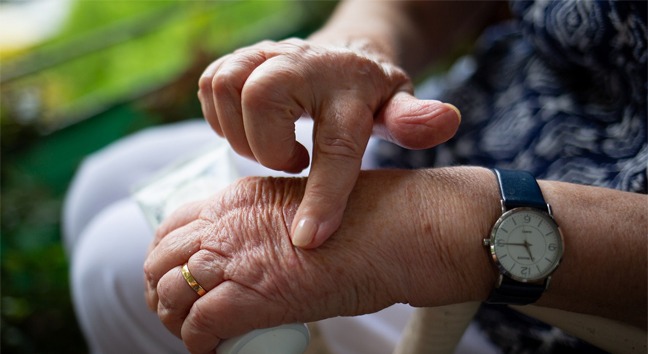 Arthritis is a general term for a variety of diseases relating to the health of the joints.
Arthritis is a general term for a variety of diseases relating to the health of the joints.
While the underlying causes of arthritis are often very different, depending on the specific disease, the symptoms are often quite similar. The most common symptoms of arthritis are joint pain, swelling and inflammation, stiffness, and decreased range of motion.
Most forms of arthritis are degenerative. Symptoms may alternate between mild and severe at any given time. But in general, they will continue to get worse. In many cases, arthritis leads to permanent joint damage.
Severe arthritis can be extremely debilitating. It is, in fact, the leading cause of disability in the United States today.
There are more than 100 different types of arthritis. The two most common are osteoarthritis and rheumatoid arthritis. While the symptoms may be similar, the causes of these two common diseases are very different.
- Osteoarthritis involves the gradual decay of the cartilage that cushions the ends of the bone. As the cartilage becomes damaged, the bones begin to grind against each other with every movement of the joint. The joint lining can become inflamed. Osteoarthritis can lead to deterioration of the connective tissues holding the bones and muscles together, and can even lead to changes in the bone itself.
- Rheumatoid arthritis is an autoimmune disease. The body’s own immune system begins to attack the synovial membrane, a tough membrane encapsulating the parts of the joint. As a result, the synovial membrane becomes inflamed and swollen. Eventually, the disease begins to cause damage to the cartilage and bone at the joint.
While there is no cure for either osteoarthritis or rheumatoid arthritis, acupuncture and massage therapy can play an important role in both pain management and managing symptoms such as swelling and inflammation. They can also help maintain mobility and range of motion.
How Does Massage Therapy Help Arthritis?
When incorporated into a comprehensive treatment plan for arthritis, the goal of massage therapy is to reduce pain and inflammation, as well as increase blood flow, to affected joints.
Moreover, by reducing inflammation and swelling and releasing muscles near affected joints, massage can help maintain range of motion and improve mobility.
And massage therapy contributes to pain reduction and overall health by improving sleep patterns and boosting energy levels.
How Does Acupuncture Help Arthritis?
Like massage therapy, acupuncture also helps manage the symptoms of arthritis by reducing pain and targeting areas of inflammation.
Acupuncture involves the use of very small, sterile needles placed in specific points along the body’s lines of energy called meridians.
By restoring the proper flow of energy (known in traditional Chinese medicine as “qi”) and fluids around the body, acupuncture can help fight swelling and inflammation at affected joints. Acupuncture can also be highly effective in reducing sensations of pain and discomfort related to different types of arthritis.
Can Massage Therapy and Acupuncture Be Combined to Treat Arthritis?
Both massage therapy and acupuncture are powerful stand-alone techniques. When performed by a licensed and experienced therapist, they can both play an important role in managing the symptoms of arthritis.
When combined into a single treatment, they actually augment the anti-inflammatory and pain reducing impact of each. They also have been shown to have a cumulative impact; in other words, they work better when performed regularly, as part of a holistic and comprehensive treatment plan.
If you are suffering from the symptoms of arthritis, acupuncture and massage therapy may be able to help provide relief. Be sure to your primary care physician and other medical specialists about whether acupuncture and massage might play a role in your arthritis treatment.
Contact Urban Acupuncture Center in Columbus, OH For More Information
For more information about how acupuncture, massage therapy and other alternative healing treatments can help you, please contact the Urban Acupuncture Center Board Certified Licensed Acupuncturist’s team at Indianola Ave, Clintonville (614) 725-2488 | Main St, Westerville (614) 426-4406 or click here. Taking new patients in and around greater Columbus, Ohio.
 Navigating Autoimmune Disease
Navigating Autoimmune Disease

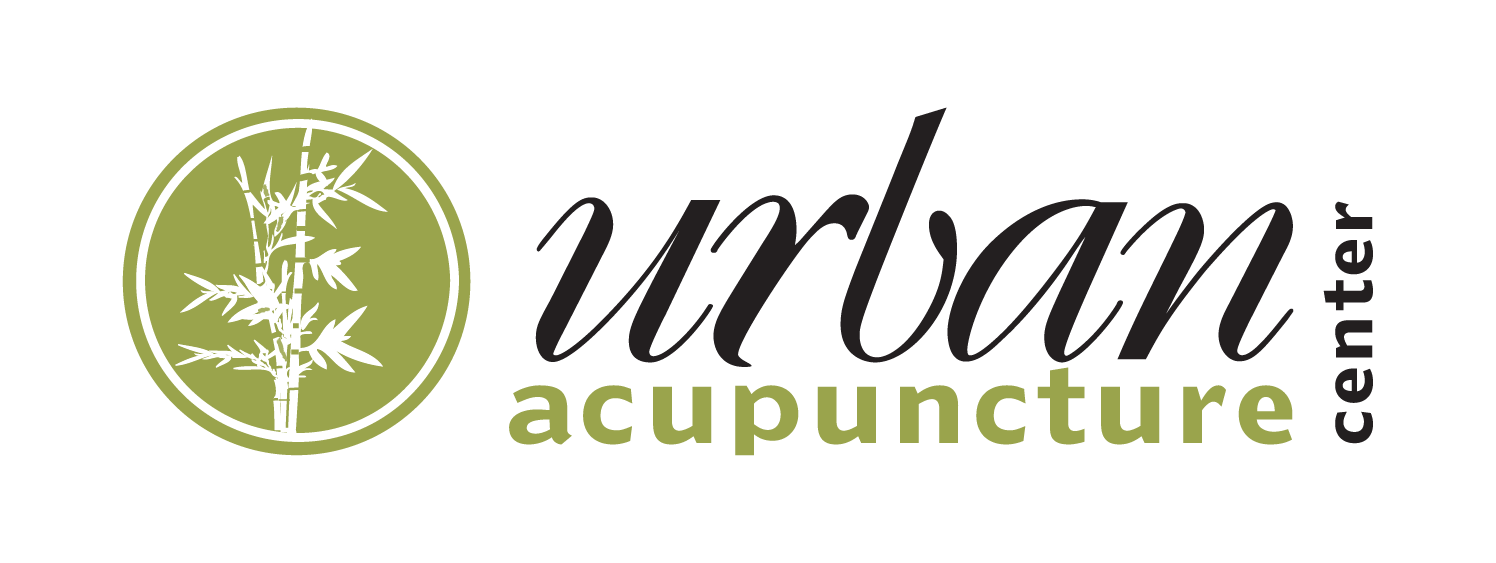
 Diabetes is a serious health condition that affects more than 30 million Americans today. It is, unfortunately, a complex, chronic disease that (currently) cannot be cured. And if left untreated, it can lead to serious, even life-threatening, complications.
Diabetes is a serious health condition that affects more than 30 million Americans today. It is, unfortunately, a complex, chronic disease that (currently) cannot be cured. And if left untreated, it can lead to serious, even life-threatening, complications. Arthritis is a general term for a variety of diseases relating to the health of the joints.
Arthritis is a general term for a variety of diseases relating to the health of the joints.